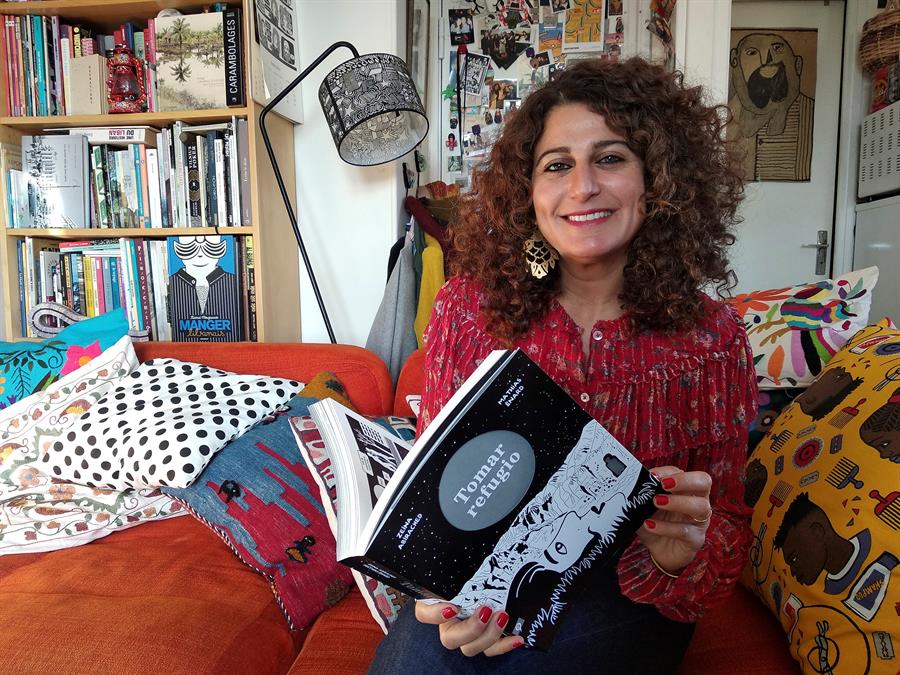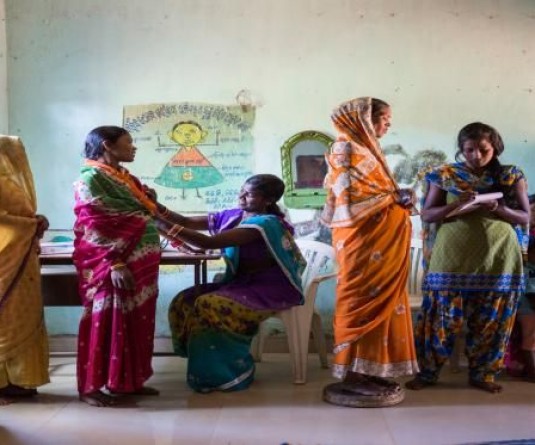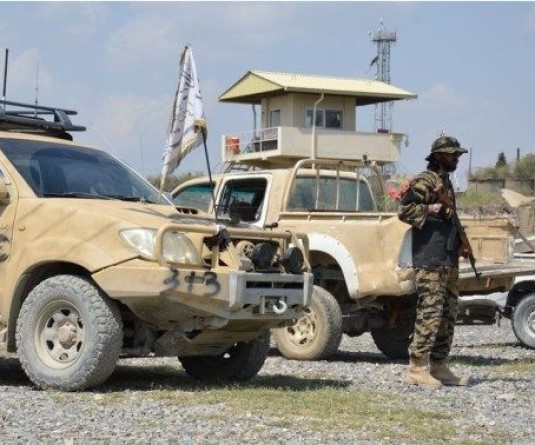The timelessness of exile: two love stories 80 years apart

Illustrator Zeina Abirached holding her graphic novel Take Refuge. EFE/ Paula Bayarte
Paris, November 30 (efe-epa).- Two love stories separated by time and distance - one set in Afghanistan in 1939 and the other in modern-day Berlin - have allowed illustrator Zeina Abirached and writer Mathias Énard to explore the theme of refugee status intimately in the graphic novel Take Refuge.
"We always hear refugees in the plural, as if they were all equal and had the same fate," Abirached told Efe at in her Parisian studio near the Luxembourg gardens.
Tapping into the private life of a person who leaves home over war and arrives in a completely different place was one of the intentions of the book.
"We wanted to show the reader the nightmares and dreams, conversations and concerns of a young refugee," the illustrator said.
The Lebanese artist said that back in 2016 Énard proposed the creation of the two stories, set at these times, to show the timelessness of being in exile.
It is for that reason that the authors chose not to separate the plots.
The novel begins with four Europeans meeting at the archaeological remains of Bamiyan in Afghanistan as World War II was being declared on a nearby radio.
Among the protagonists, who learn about the war beginning in Europe in 1939, are Swiss travelers Ella Maillart and Anne Marie Schwarzenbach, two women who were in love with one another and who existed in real life.
With their book, Abirached and Énard wanted to show that wars have not always been in the East.
"Afghanistan in 1939 was fine and Europe was at war," said the illustrator.
The second plot introduces Neyla, a refugee from Aleppo who flees to Berlin and falls in love with a German architect.
"When we leave our hometown, we no longer inhabit it, but it lives within us" - that was the feeling that Abirached wanted to convey through Neyla.
Its a feeling Abirached knows well.
She arrived from Lebanon in 2004 after experiencing similar episodes to those the book reflects on.
The author explains that the memories abandoned cities, their atmosphere and character, live on for migrants who have been forced to leave their homes.
"For example, I live in Paris but the protests that are taking place in Lebanon move me deeply every day," she said.
Take Refuge is drenched in a symbolism that invites the reader to get lost in the characters' worlds.
Neyla arrives from Aleppo, a city in ruins, to Berlin, a reconstructed city that also witnessed war.
The parallel plot in Afghanistan focuses on the ancient ruins of the Buddhas of Bayman, monuments from the 6th century that were destroyed in a Taliban attack in 2001.
Both the illustrations and the story are a reflection on the "the hallmarks of everything we have lost and how we restore ourselves as people after loss," Abirached said.
The Syrian poet Nizar Qabbani wrote: "I don't know how to live here, I don't know how to love here, I don't know how to love you here."
Neyla uses the poet's words to explain her emotions when she falls in love with a German.
In the novel, this idea is embodied in the sculptures of Buddha, whose silhouettes remain in the cavities that housed them before they were destroyed.
"In addition to the two plots there is a third, the story imagined by the reader when the book ends.
Taking refuge creates "a poetic dimension thanks to the images that mark the rhythm of the words," the illustrator concluded.





